February 2020
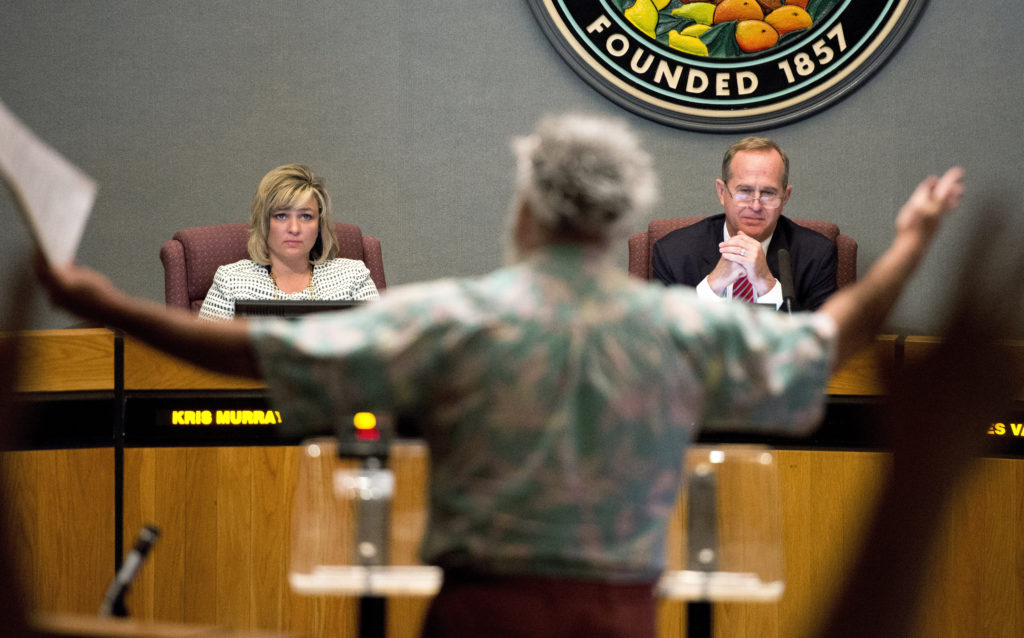
If you think you have meeting fatigue at the office, try attending a public meeting. Last September in a Brooklyn church basement, a meeting over new bike lanes spiraled out of control when cycling advocate Doug Gordon was shoved by a guest speaker and filmmaker. In October, during a hearing over a proposed homeless shelter in Queens, one frustrated resident said of the shelter, “I hope someone is going to burn the place down.” At a Seattle hearing on affordable housing development last February, one resident, priced out by rising rents, attacked the “tech trash” who have been “strip-mining Seattle.”
The public meeting has become enshrined in this nation’s local politics as the conduit for the opinions of the common citizen and an essential part of grassroots democracy. Roughly 97 percent of local governments utilize some form of local meetings, according to a 2004 article by Harvard professors Abby Williamson and Archon Fung. They trace the origins of these gatherings back to the town meetings held in colonial New England as early as the 1630s, when informal assemblies of adult males used such meetings to govern themselves.
In many ways, the public meetings we hold today to discuss local zoning policy, approve a proposed development, or otherwise shape the evolution of our neighborhoods haven’t shifted very far from that original format. Sadly, that includes the part about older, white males, especially homeowners, tending to have outsized power in these settings.

Jake Offenhartz@jangelooffReplying to @jangelooff
“Yeah I shoved him,” Halpern said afterward. “It’s theatre, we’re all performers.”
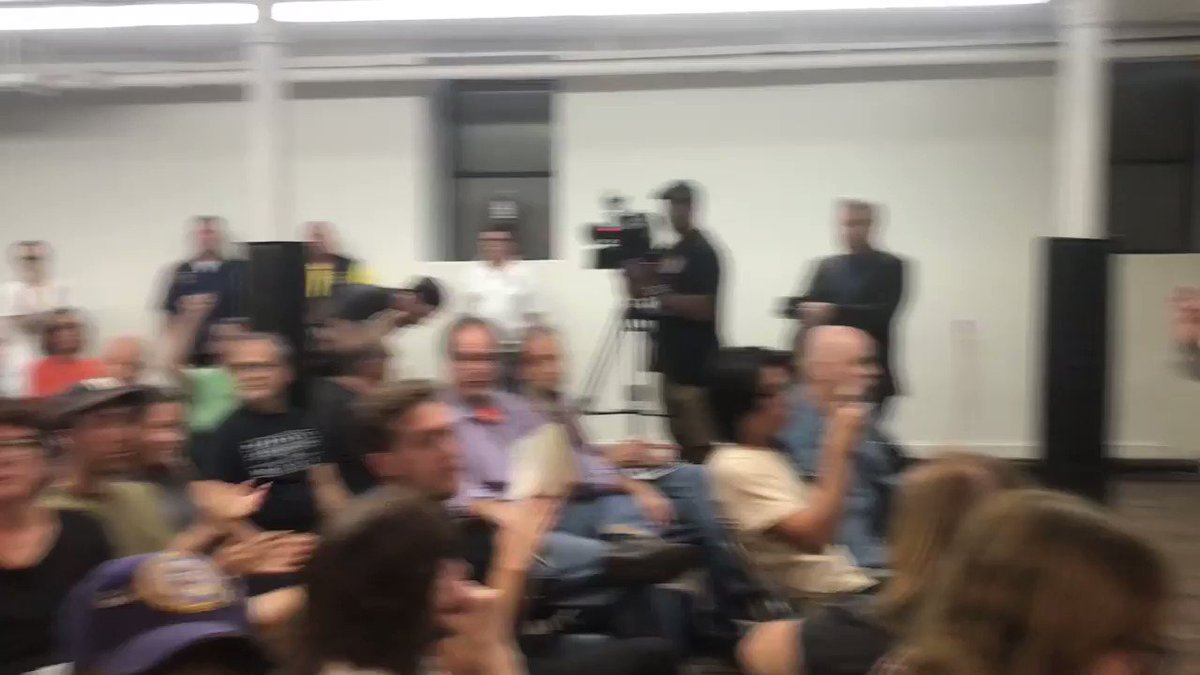
1828:56 PM – Sep 25, 2019Twitter Ads info and privacy77 people are talking about this
A 2018 paper by a trio of Boston University researchers quantified the feelings many attendees have about modern public meetings: They’re simply not very reflective of the public. The paper “Racial Disparities in Housing Politics: Evidence from Administrative Data,” which analyzed records from such meetings in nearly 100 Boston-area communities, found that while 80 percent of the area population is white, an estimated 95 percent of meetings attendees were white. Another of the team’s studies found that the vast majority of comments delivered during public meetings opposed new housing projects: 63 percent of attendees said no, whereas just 15 percent said yes (the rest were deemed neutral). The researchers concluded that “the incentives to show up and oppose new housing are far stronger.”
Katherine Einstein, a member of the Boston University research team and author of Neighborhood Defenders: Participatory Politics and America’s Housing Crisis, says the overrepresentation at these meetings of those who espouse an anti-development, NIMBY (not in my backyard) mentality is a national issue, especially since white participants were much more likely than black ones to oppose new housing. (Her team’s research found that the difference couldn’t be explained away by differences in homeownership rates.) See the infamous “zucchini-gate” example from Berkeley, California, where a homeowner argued the shade cast by a two-story building would (gasp) harm her vegetable garden.
Part of it comes from the way the benefits and downsides of a development are distributed. The benefits of, say, a new affordable housing project may help a citywide housing shortage, but downsides such as increased local traffic are concentrated in the immediate surrounding area, galvanizing neighbors to make their voices heard. As Williamson and Fung noted, this leads to meetings dominated by special-interest groups and those with an immediate stake in the project. That means local land use decisions, fundamental to shaping neighborhoods, don’t properly reflect the will of those who live there.
“You can find neighborhood defenders everywhere,” Einstein says. “Anywhere you go, you’ll find people in privileged places fighting against new housing.”
Empowerment within messy direct democracy
The problem of misrepresentation at public meetings, neighborhood councils, and other such hyper-localized public forums stems from their design. While the United Kingdom and Australia have similar issues around public meetings, representation, and locals pushing back against development, says Einstein, the U.S. has “unusually strong local control,” and the passage of sunshine laws, which mandated meetings be public, has resulted in more opportunities for local voices to be heard.
Held at times of day that can make it hard for many people to attend without missing work, usually without day care options, and sometimes in locations not favorable to those with disabilities or who rely on transit, these meetings already exclude many groups before they even start. Then there’s the matter of format: Experts and officials typically sit behind a table and give speeches and make presentations, with a microphone set up to take comments from neighbors who can spare the time to spend hours waiting for a few minutes on the mic. No surprise that a Knight Foundation study from 2010 found that attending a public meeting didn’t make residents feel more or less connected to their communities.
:no_upscale()/cdn.vox-cdn.com/uploads/chorus_asset/file/19713364/GettyImages_1032095966.jpg)
“The dynamic is just so unproductive,” says Sara Aye, a designer and executive director of Greater Good Studio in Chicago, which focuses in part on improving public engagement. “It’s just asking for your opinion and encourages you to think for only yourself and advocate for only yourself. This is a format that rewards the squeaky wheel, rewarding those who are comfortable making grand, sweeping statements.”
As much as the already privileged tend to benefit from meeting scenarios where they’re stopping a project from moving forward, the opposite tends to happen when marginalized groups want their voices heard. Neighborhood activists pushing back against new developments, afraid a new project might encourage gentrification, often end up feeling ignored. As Harvard researchers Williamson and Fung noted, local governments have been accused of using meetings to “decide, announce, and defend” instead of actually getting feedback and altering plans in response.
“The spatial arrangement of these meetings, with experts and government officials in the front, just subtly says, ‘We, the outsiders with power, know best,’” says Aye, especially when those in the audience are of people of color or renters. “It makes residents feel like they’re only here to listen, and if they didn’t show up, it wouldn’t make a lot of difference, because they’re anonymous.”
The power imbalance at public meetings is hard to ignore. And yet, Einstein, Aye, and others believe that’s not really the root problem that needs to be addressed.
“Not holding your meetings at noon on Tuesday, providing childcare, and working to get a gender and age diverse audience, I applaud those efforts,” says Einstein. “Reducing the cost of participation is key. But that isn’t helping people get interested in politics. That’s the other problem. A more convenient time isn’t going to solve the interest part of the equation.”
“Meetings can often become one of two nightmare scenarios,” says Damon Rich, an urban planner and co-founder of Hector, a design studio in Newark, New Jersey. “One is when a small group of people talks too much, and the other is when the public is there and engaged, but it becomes an empty formality. If there’s one trend we’re seeing, it’s creating even more manicured mechanisms to supposedly gather people’s opinion. Citizen engagement is an industry today, and it’s often trying to hide antagonism, and put it under the rug.”
:no_upscale()/cdn.vox-cdn.com/uploads/chorus_asset/file/19713275/L1430403.jpg)
:no_upscale()/cdn.vox-cdn.com/uploads/chorus_asset/file/19713277/L1470833.jpg)
If you want authentic responses, starting with the event isn’t the right approach, according to Aye. Officials need to convince people their voices will actually be heard. And the architects and designers need to connect with the community before such an event to truly claim they have community buy-in.
“It’s not going to be possible to convince people who have been let down so many times that this initiative is different, that they should place their trust in this event and get their hopes up that they’ll have real power to change their community,” she says. “It’s a real barrier everywhere, especially places that have experienced gentrification and disinvestment.”
To make a meeting work, you need to get started before the event
Aye’s own experience designing public input processes suggests that effective public engagement can’t begin with who shows up at the event. In 2018, she and her team at Greater Good Studio designed designed a public engagement plan for Raising Places, an initiative by the Robert Wood Johnson Foundation to enlist community members to design their own programs to promote healthy childhoods.
Greater Good approached the project like organizers. They reached out to the community, held lots of one-on-one conversations, and enlisted community groups to take leadership roles and help with outreach. The nine-month outreach program focused first on diagnosing and understanding the issues, with weeks of events focused on observation, immersion, and the discussion of root causes with the community, as well as framing goals. For instance, Megkian Doyle, a representative of one of the groups, the Bighorn Valley Health Center in southeastern Montana, an organization that serves a large Native American population, told Curbed they felt they were reaching new people, and going beyond formalities to having deeper conversations about providing health care with community members. All this interaction took place before a single meeting dedicated to solutions. So far, of the six groups that participated in 2018, Aye says, five have already successfully launched community-developed programs.
“The message this format says is we’re going to listen to you,” she says. “That’s why you talk to people, so they can understand the message loud and clear. It’ll be different because we’ll listen to you.”
Damon Rich and his firm Hector had a similar experience designing neighborhood plans in Detroit. When they started working last year on a framework for a new neighborhood plan for Cody Rouge and Warrendale neighborhoods—basically a planning document for what comes next—they started by employing a team of teenagers two days a week to work with the design team.
“These 13- to 18-year-olds led the event, and were on the mic from the jump,” says Rich. “The city wasn’t necessarily comfortable with it.”
:no_upscale()/cdn.vox-cdn.com/uploads/chorus_asset/file/19713419/GettyImages_1094125844.jpg)
Greater Good Studio has also experimented with meetings that turn what’s normally a staged, one-at-a-time conversation into something more freeform. As part of ideas workshops around health care policy they staged in five California cities for the state government, Greater Good organized feedback events into something more akin to a science fair. Different stakeholders and local coalitions set up at tables spread around the room, and community members circulated around the stations all night, chatting and delivering feedback and having conversations.
“The power was distributed around the room, so anybody can engage with them,” she says. “This reinforces the message it’s a project the community owns.”
Is local control a good idea in the first place?
There’s another school of thought that says the best meeting may be not having a meeting at all. If the benefits of building certain projects are diffuse, says Boston’s Einstein, it means assembling a supportive coalition at a neighborhood level may be too high a bar to set. Maybe the better process is setting more policy at the city or even state level, to allow more projects to move forward to benefit the community as a whole.
This is one of the arguments in favor of the recent wave of upzoning legislation in states and cities across the country; if the dense, affordable housing projects the city needs keep getting shot down by neighborhood councils and legislators, should we change the rules so they don’t have the power to stop those projects?
“We found that so many people who shoot down projects at meetings complained about parking, yet the evidence suggests we have an oversupply of parking in nearly every city,” she says. “I wish more cities were serious about eliminating parking minimums.”
Of course, losing that kind of power looks a lot different if your neighborhood was the victim of urban renewal, or fears gentrification and displacement. This is one of the reasons California’s transit density bill, SB50, which sought to supercede local control over zoning near transit lines, was defeated for the third time last month. Some neighborhood groups from low-income areas feared losing the power to push back against unwanted developments, and having their voice shut out.
:no_upscale()/cdn.vox-cdn.com/uploads/chorus_asset/file/19713297/14_PlanningFlowchart.jpg)
Einstein believes there should be more public participation focused on the citywide level, not just local decisions. Having a meeting on every two-level building going up will just attract certain stakeholders. Getting people to come out to a city-wide event focused on building more housing via zoning reform might get more participation.
“California and Los Angeles have had a tough time with this since taking away local control in Beverly Hills also means taking away control in less privileged areas,” she says. “Those areas may still want to use local control and there are very good reasons for them to want this. They’re often the same areas that were railroaded during urban renewal and see local control as a protection against developer and government overreach.”
“There’s a lot driving the narrative about pushing back on local government,” says Rich. “People are co-opting Jane Jacobs, saying it’s us the people against big government, not that we’re the government.”
Meeting the public where they are
Some cities have begun to overhaul their systems for taking public feedback: Pittsburgh is one that has instituted a participatory budgeting process, to provide more grassroots input on city spending, and Seattle broke up its Neighborhood District Councils in 2016, which were seen as dominated by activist homeowners, replacing them with a Community Involvement Commission and Seattle Renters Commission, aiming to get more diverse voices engaged in local planning decisions. But amid the constant battles, one success story about a city reform effort showed the potential of getting cities to see the value in better public outreach.
Minneapolis just passed its 2040 plan, a progressive vision for land use that upzoned the entire city, which supporters believe will create more density and affordable housing, and have spillover effects on transportation, sustainability, and equity. The plan was passed by a progressive city council. But what really made it possible, and what gave the council the backing and support to enact such a big shift, was the constant grassroots support generated by the city’s extensive public outreach plan, masterminded by planner and city council member Lisa Bender.
“Minneapolis decided to do engagement in a different way,” says Janne Flisrand, part of the Neighbors for More Neighbors civic group that supported the plan. “They made it a point to go to communities that tend to be underrepresented—less educated, parents, people without cars, immigrants, young people, and people of color. They made a real effort to provide many different ways to engage.”
There were the standard “shouty meetings,” says Flisrand. But there were also events at city festivals that met people where they were, instead of the other way around. The city hired artists to attend and organize events to gauge citizen feedback; poets would summarize someone’s response at a meeting, or improv crews would host game shows, asking contestants to answer trivia soliciting their thoughts about what Minneapolis should look like in 2040. The city also launched an easy-to-use mobile site to garner feedback, asking for anonymous comments that made people feel comfortable expressing their ideas. The main thrust of the program was values; residents understood how values informed policy, and vice versa, making it easy to see the value in specific policy.
Most importantly, says Flisrand, the city provided a space for advocates to get involved.
“We as advocates needed the city to give us space to show up, and I would argue the city needed us to organize to show everyone that there was broad support for a city where all citizens could thrive,” she says. “The city recognized there were processes that helped those who were already being served, and designed something for everybody else.”
:no_upscale()/cdn.vox-cdn.com/uploads/chorus_asset/file/10586351/2017_03_12__KAPLON___CACTUS__0075__HASOO_PHOTOO.jpg)
:no_upscale()/cdn.vox-cdn.com/uploads/chorus_asset/file/10586419/1s10376v.jpg)
:no_upscale()/cdn.vox-cdn.com/uploads/chorus_asset/file/10586457/Altman_Plants_Vista_HQ.jpg)
:no_upscale()/cdn.vox-cdn.com/uploads/chorus_asset/file/10586533/OASIS_Water_Efficient_Gardens__Escondido__CA.jpg)
:no_upscale()/cdn.vox-cdn.com/uploads/chorus_asset/file/10586439/Deena_Altman_vintage.jpg)
:no_upscale()/cdn.vox-cdn.com/uploads/chorus_asset/file/10586511/Echeveria__Cubic_Frost_.jpg)
:no_upscale()/cdn.vox-cdn.com/uploads/chorus_asset/file/10586513/Echeveria__Crimson_Tide_.jpg)
:no_upscale()/cdn.vox-cdn.com/uploads/chorus_asset/file/10586805/Echeveria__Colorshift_.jpg)
:no_upscale()/cdn.vox-cdn.com/uploads/chorus_asset/file/10586519/Aeonium__Mardi_Gras_.jpg)
:no_upscale()/cdn.vox-cdn.com/uploads/chorus_asset/file/10586971/shutterstock_294362462.jpg)
:no_upscale()/cdn.vox-cdn.com/uploads/chorus_asset/file/19796471/IMG_4054.jpg)
:no_upscale()/cdn.vox-cdn.com/uploads/chorus_asset/file/8446333/shutterstock_364184081.jpg)
:no_upscale()/cdn.vox-cdn.com/uploads/chorus_asset/file/8446301/Amazon_logistics_network_ILSR_Nov._2016.png)
:no_upscale()/cdn.vox-cdn.com/uploads/chorus_asset/file/8446313/Amazon_expanding_footprint_ILSR_Nov._2016.png)
:no_upscale()/cdn.vox-cdn.com/uploads/chorus_asset/file/8446337/shutterstock_509690545.jpg)
:no_upscale()/cdn.vox-cdn.com/uploads/chorus_asset/file/8446341/shutterstock_338907203.jpg)
:no_upscale()/cdn.vox-cdn.com/uploads/chorus_asset/file/19816954/GettyImages_1213031969.jpg)
:no_upscale()/cdn.vox-cdn.com/uploads/chorus_asset/file/19817145/GettyImages_1207569348.jpg)
:no_upscale()/cdn.vox-cdn.com/uploads/chorus_asset/file/19821285/1207563237.jpg.jpg)
:no_upscale()/cdn.vox-cdn.com/uploads/chorus_asset/file/19780366/GettyImages_665626540.jpg)
:no_upscale()/cdn.vox-cdn.com/uploads/chorus_asset/file/19780371/GettyImages_50513018.jpg)
:no_upscale()/cdn.vox-cdn.com/uploads/chorus_asset/file/19779990/Opticos_CuldesacTempe_Plaza_Aerial_2.jpg)
:no_upscale()/cdn.vox-cdn.com/uploads/chorus_asset/file/19780344/Opticos_Culdesac_PrimaryPaseoandMixedUse.jpg)




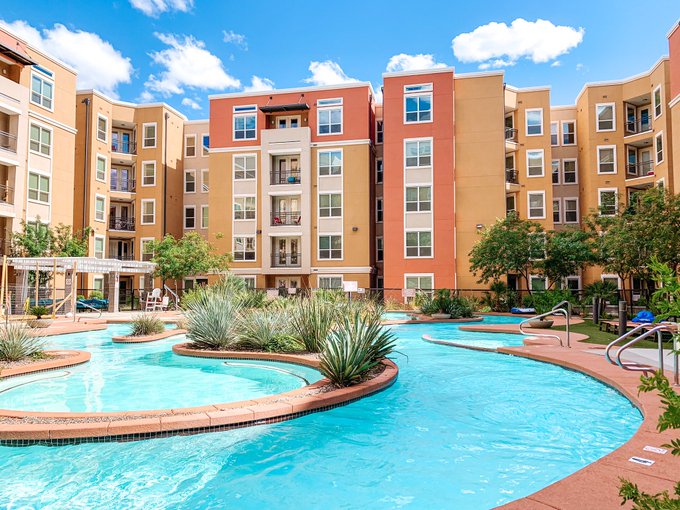
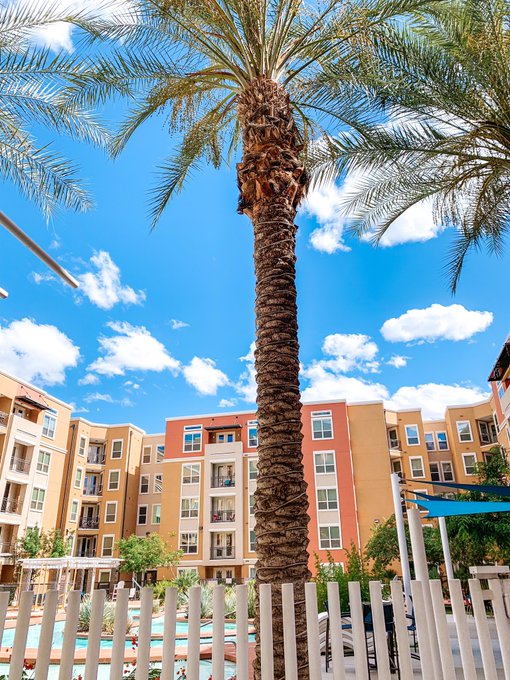
:no_upscale()/cdn.vox-cdn.com/uploads/chorus_asset/file/19056165/GettyImages_583866650.jpg)

:no_upscale()/cdn.vox-cdn.com/uploads/chorus_asset/file/13608789/SantaMonica_Scooter_HorizontalRule2.0.jpg)
:no_upscale()/cdn.vox-cdn.com/uploads/chorus_asset/file/13608833/AP_18213595104130.jpg)
:no_upscale()/cdn.vox-cdn.com/uploads/chorus_asset/file/13608840/JUMPscooter2.0.jpg)
:no_upscale()/cdn.vox-cdn.com/uploads/chorus_asset/file/13608803/Populus_TripDistances.png)
:no_upscale()/cdn.vox-cdn.com/uploads/chorus_asset/file/13608828/slack_imgs.0.jpg)
:no_upscale()/cdn.vox-cdn.com/uploads/chorus_asset/file/13608847/shutterstock_1200431905.jpg)
:no_upscale()/cdn.vox-cdn.com/uploads/chorus_asset/file/13608851/DlFky_bU0AAJAZ0.0.jpg)
:no_upscale()/cdn.vox-cdn.com/uploads/chorus_asset/file/13608823/shutterstock_1170235837.jpg)
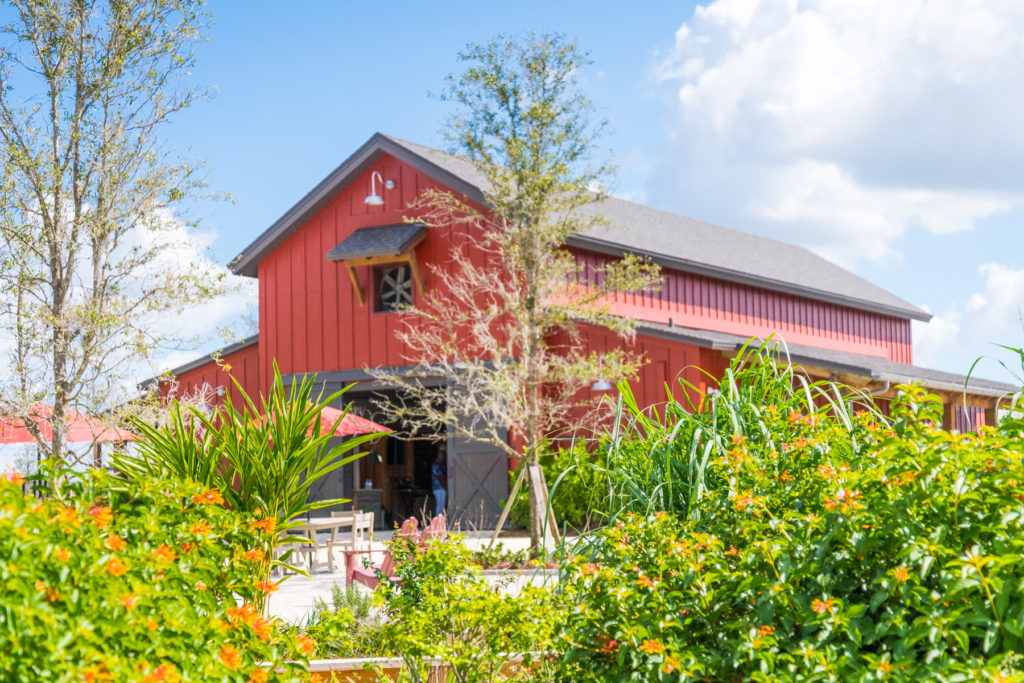
:no_upscale()/cdn.vox-cdn.com/uploads/chorus_asset/file/19786840/Arden__Photos_thejprojects__16_of_16_.jpg)
:no_upscale()/cdn.vox-cdn.com/uploads/chorus_asset/file/19786843/ArdenGrandOpening_thejprojects_6736.jpg)
:no_upscale()/cdn.vox-cdn.com/uploads/chorus_asset/file/19786844/ArdenGrandOpening_thejprojects_6739_2.jpg)
:no_upscale()/cdn.vox-cdn.com/uploads/chorus_asset/file/19786846/Arden__Photos_thejprojects__4_of_16_.jpg)
:no_upscale()/cdn.vox-cdn.com/uploads/chorus_asset/file/19786860/Arden__Photos_thejprojects__7_of_16_.jpg)
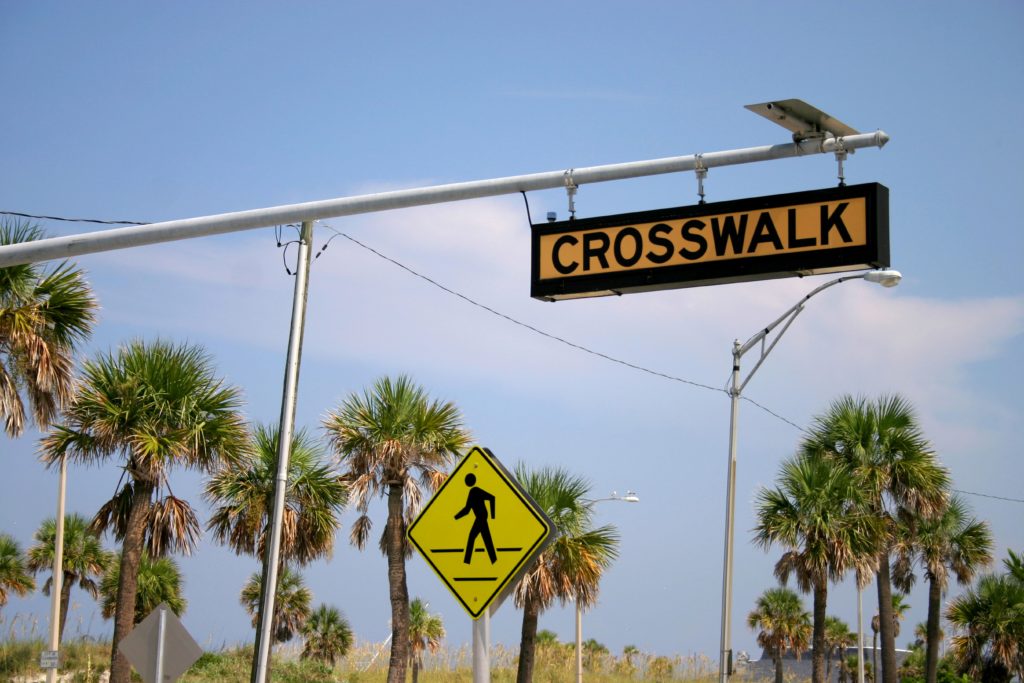
:no_upscale()/cdn.vox-cdn.com/uploads/chorus_asset/file/19618456/GettyImages_1152907415.jpg)
:no_upscale()/cdn.vox-cdn.com/uploads/chorus_asset/file/19618458/GettyImages_1189374497.jpg)